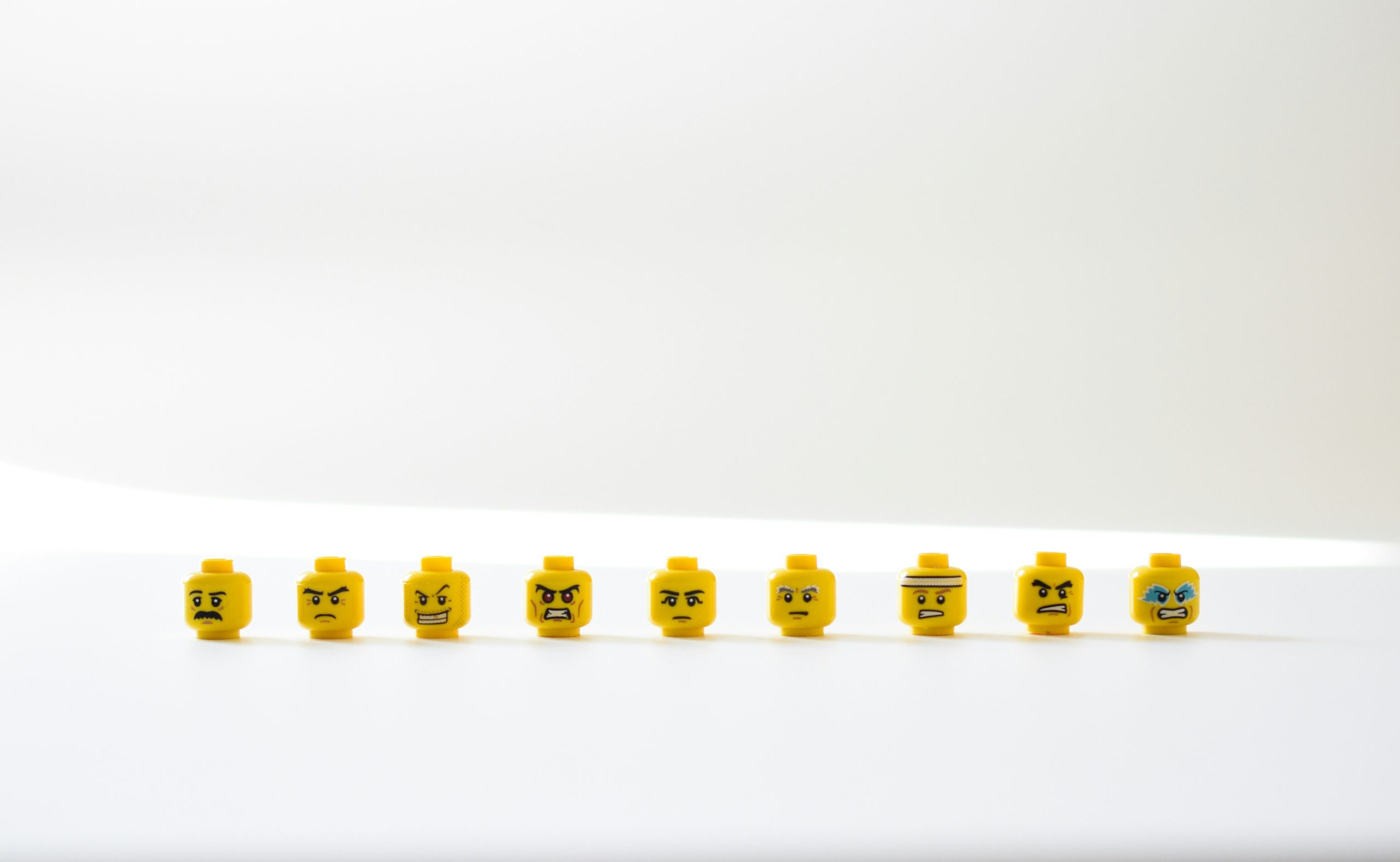Apple, BMW, Pringles: the world’s biggest brands spend millions on sensory branding. The smell of the store, the weight of the door, the sound of the pack opening.
They consciously and deliberately “own” their own signature smell, feel, and sound.
But which of them owns a signature emotion? Could that even be possible?
Discoveries from neuroscience – and in particular, the revelations in neuroscientist Lisa Feldman Barrett’s How Emotions Are Made: The Secret Life Of The Brain – have shown that it is possible to discover and architect unique emotions.
So in this experimental Campfire, World Experience Organization CEO James Wallman plays with these constructs to help you:
- Discover how emotions are made
- Meet the “emotion typology” and understand its use as a tool
- Create your own unique, personal emotions
- Consider how other brands play with standard / constructed emotions
- Unearth the unique emotion or emotional range of your brand / experience
- Think about the strategies that could connect this emotion with your brand
Through this report you’ll increase your understanding of neuroscience, how the brain works, and how emotions are made. Even better, you’ll upgrade your experience toolkit, and be better able to create emotions in the people who participate in your experiences.
Experience Design Is Emotion Design
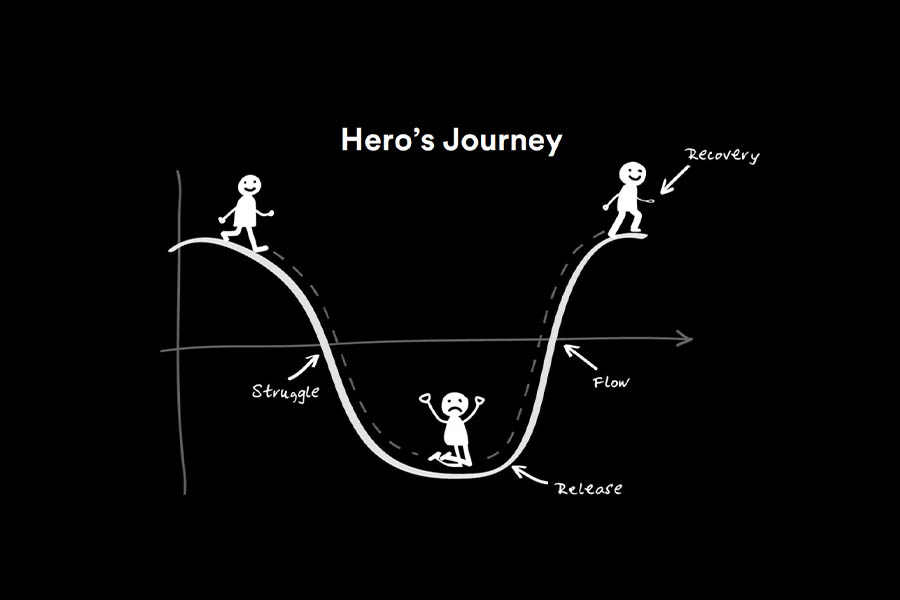
To design an experience is to design a series of emotions. Take Kurt Vonnegut’s “man in hole” story shape, for example – it starts with positive emotions before something goes wrong, followed by a climb back to positive emotions. It’s an emotional journey.
We see the same thing in event design, customer design, or pretty much any customer journey. The story of an experience is the story of the emotions experienced – so both emotions and emotion design are very important.
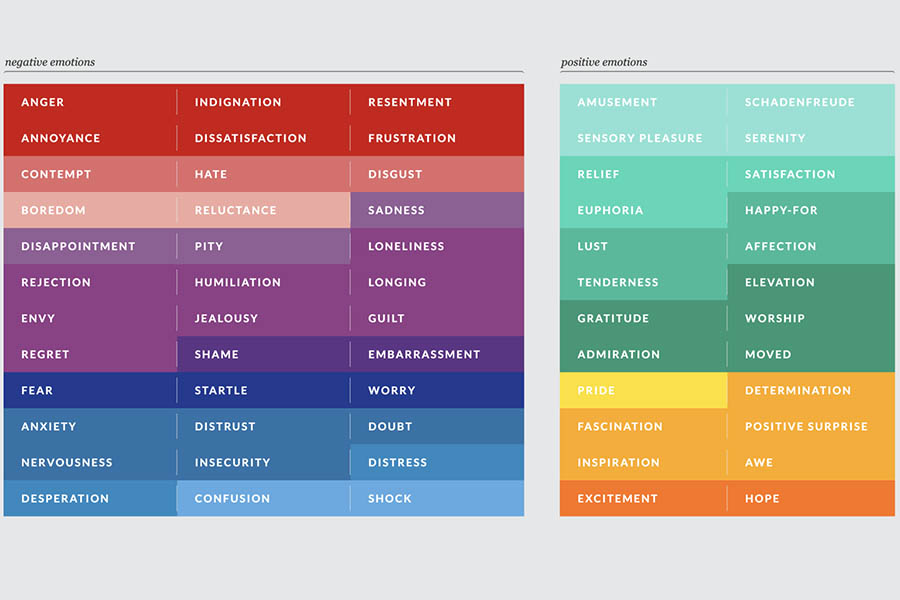
In the Delft Institute of Positive Design’s emotion typology, emotions are sorted into “positive” and “negative” to try and capture the nuances of emotion. While there’s some debate over whether these categorisations are exactly correct, who doesn’t want more admiration, lust, fascination, or tenderness – and less humiliation, distrust, or insecurity?
The Myth Of Universal Emotions
So if emotions are so important in experience design… wouldn’t it be good to know How Emotions Are Made?
Fortunately, in her book of the same title Lisa Feldman Barrett explores exactly this. Take the below image of a woman, for example. What emotion is she experiencing?
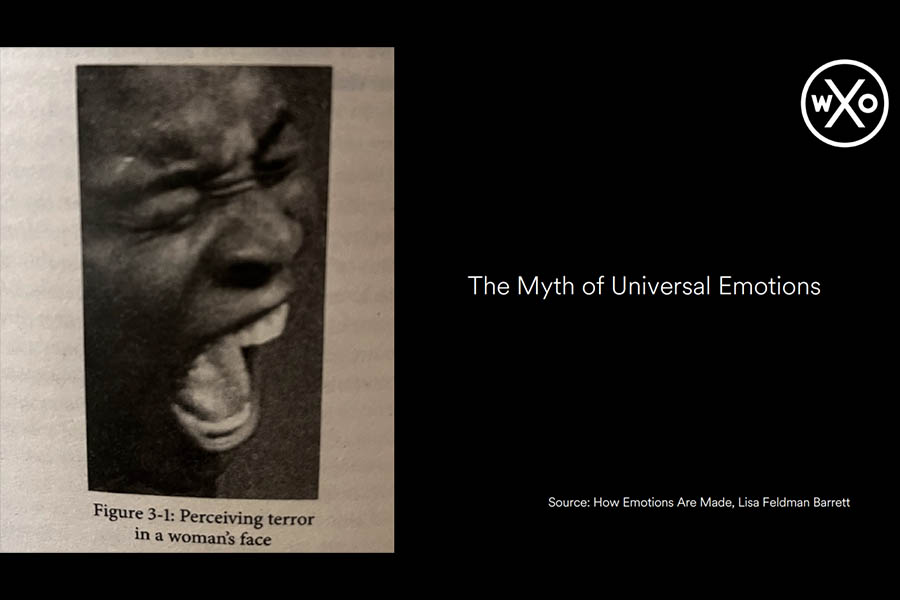
You might think rage, or terror – but this is actually Serena Williams winning Wimbledon. It’s an example of how the “faceprint” of an emotion could be interpreted many different ways. And it’s the same in the brain: despite what certain machine-makers might tell us, you can’t read people’s brainwaves to understand the emotion they’re having. There’s no specific brain fingerprint, or “brainprint”.
Universal emotions are a social construct.
How The Brain Works
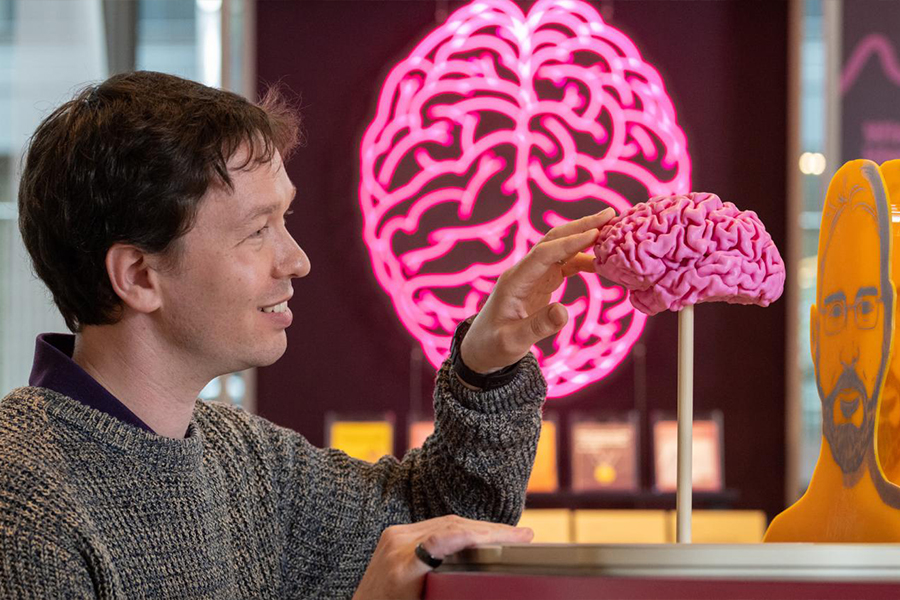
Feldman Barrett tells us that the brain is a prediction machine. Believing is seeing, not the other way around, as science writer David Robson explored in his book The Expectation Effect: How Your Mindset Can Transform Your Life.
The brain predicts what’s out there in the world. We check what’s going on using our senses, compare it to past experience, and then resolve the errors and continue. One of the problems with filter bubbles on social media or in real life is that we have people making the wrong prediction, but not getting enough information back to reshape it.
Broken down into steps, this process looks something like this:
- To keep us alive, the brain conserves energy. Predicting is an efficient way to act.
- For efficiency, the brain also categorises based on similarity, internal feeling, and past experience. You don’t see people coming towards you, for example, you see colours, and your brain makes sense of it based on your concept of a person.
- Each category is a concept. If a car is driving towards you, for example, you assume it’ll stay on the road and not drive into you.
- Concepts have 3 functions: to help us make meaning, to prescribe action, and to regulate your body budget, looping back to step one.
The upshot of all this is that emotions are concepts: they are things we make up. This is similar to the concept of social reality: that certain things only exist because we agree they do as a society, like borders between countries.
Introducing Interoception
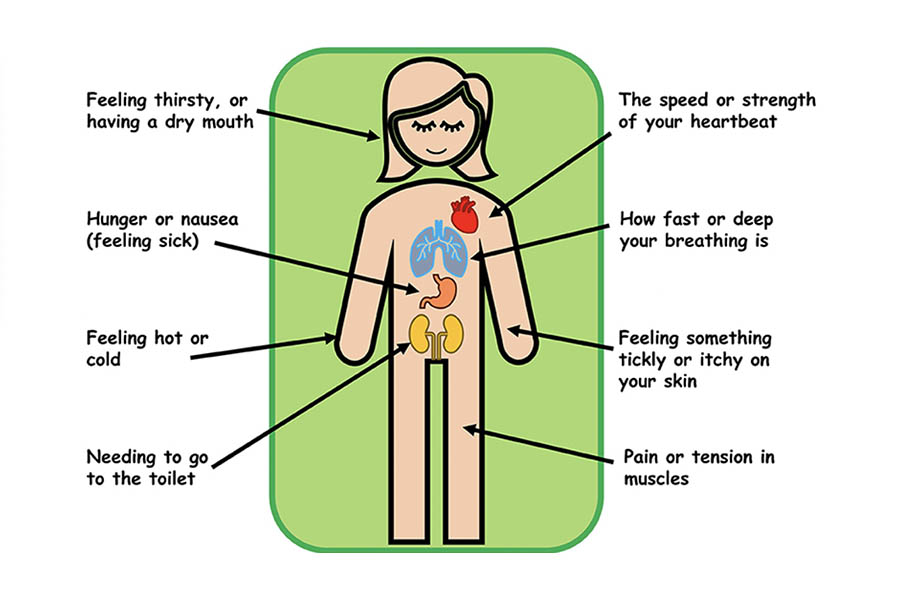
Neuroscientist Katherine Templar-Lewis of The Uncertainty Experts talks about the importance of “interoception”: the idea that rather than our perception of what’s outside in the world, it’s our perception of what’s going on inside us that matters. We tend to think the opposite, but when we can read our systems properly, we can also get a better handle on our emotions.
Templar-Lewis gives the example of going on a date and thinking that she was falling in love thanks to feeling hot and sweaty, having clammy palms, and her heart beating fast – when she actually had the flu.
There’s research that shows that judges are more likely to jail people after lunch than in the morning. If you meet someone after drinking coffee, you might be more likely to think positively of them. And if your NPS inexplicably goes up, it might just be because it’s a sunny day and your customers have been eating ice cream.
“Interoception in the moment is more influential to perception, and how you act, than the outside world is.” – Lisa Feldman Barrett
Understanding interoception can be really helpful when we’re in a new situation, as we can look at how we’re feeling and interpret our emotions more accurately.
The Affect Circumplex & The Affective Map
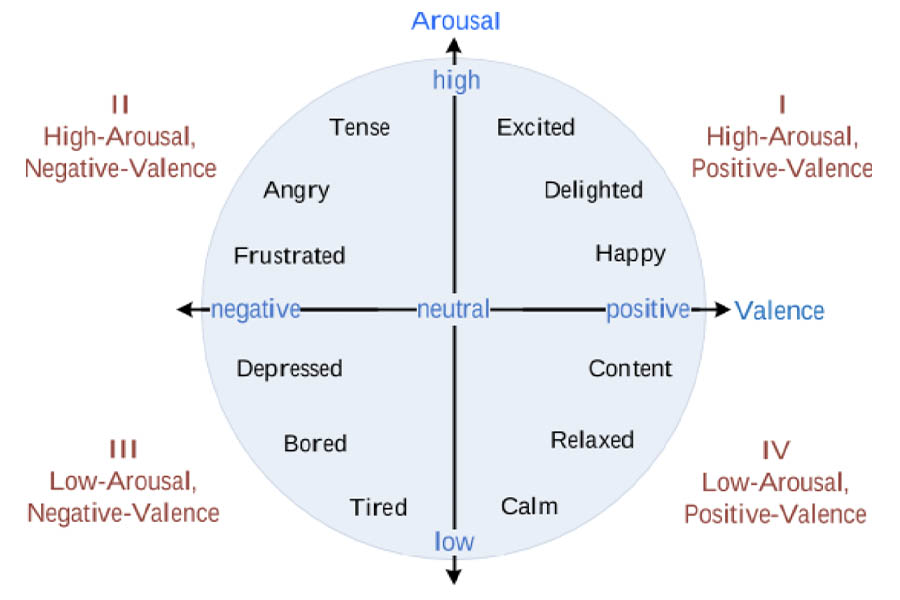
The Affect Circumplex shows the relationship between valence and arousal. If you have high arousel and negative valence, you might provoke emotions of anger or frustration, like when you watch the news or scroll on social media. The magic of this is that people respond to it.
However, you could also aim for high arousal and positive valence to generate excitement, like supporting your local team (as long as they’re winning). Meanwhile low arousal and negative valence would be more suited to a boring Sunday afternoon.
This is interesting because emotions are rarely uncomplicated or pure. True happiness might have a tinge of sadness, for example. Some people enjoy being angry, or depressed. When you’re a child, you paint with primary colours – but as adults, we want more than primary emotions. It’s boring to be content and can be enjoyable to feel tension – why else do so many people pick fights with their partner while on holiday?
“Hollywood is a $500 billion industry because people are willing to pay to see movies so that, for a few hours, they can travel within this affective map”. – Lisa Feldman Barrett
Like Hollywood, experience designers are in the industry of creating emotions. And these are generated not from the environment we set up for people, but from the beliefs/predictions that they bring with them. As Feldman Barrett says, “You feel what your brain believes. Affect primarily comes from prediction.”
Controlling, nudging and facilitating that predication is therefore really important. The old model that our brain is a reactive system is outdated, and understanding this will put us in a better position to get people to pay money to travel in the affective map.
How To Craft A Unique Emotion
“You need an emotion concept in order to experience or perceive the associated emotion… otherwise you will be experientially blind to that emotion.” – Lisa Feldman Barrett
In other words, if we want our people, participants, customers, or users to have an emotion, they first have to know that emotion. It’s a bit like having foreign currency – you have to understand it in order to use it. Think of some of the words specific cultures have for emotions, and how you have to understand them in order to truly feel them: saudade, hygge, forelsket, schadenfreude, sonder.
Therefore if you name the emotion you want people to have, you’re more likely to predict it. Decide on a unique emotion that people can have with your brand or experience, and then design for it.
“Make something up, give it a name, and you’ve created a concept.” Lisa Feldman Barrett
The WXO Take-Out
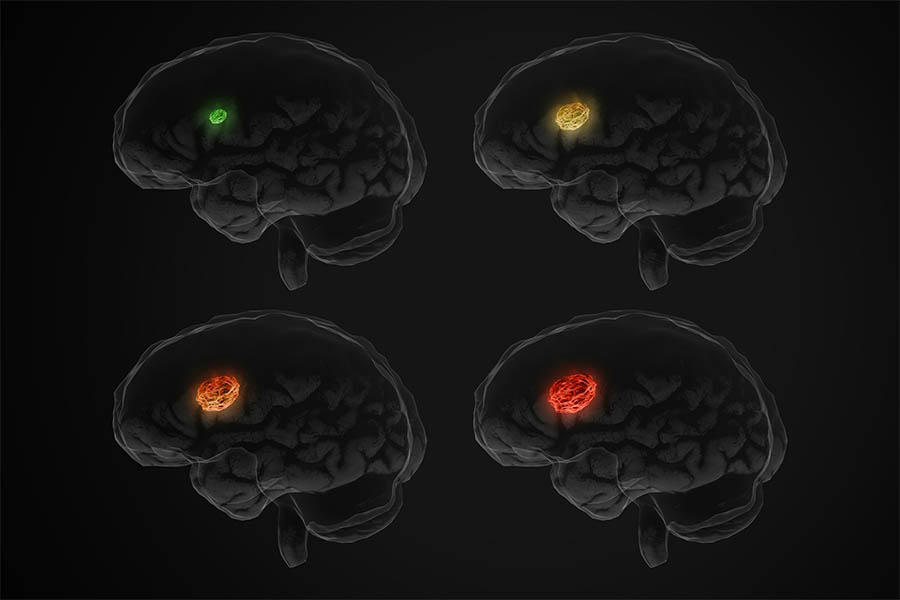
The myth of universal emotions and the brain as a reactive system are outdated and unhelpful. Emotions are highly subjective, driven by predictions and beliefs rather than outside influences.
When we design an emotion or experience, we need to understand that when we say something, people will understand both less than what you meant, and more than what you said. They bring their own baggage to the concept, and can’t understand your own.
But if we can construct new types of stories based on concepts that are more nuanced, specific, and inclusive, we can build a new society. And when it comes to designing an emotion for your experience or brand, if we can design an emotion to facilitate the predictions people bring with them, we can create something memorable, meaningful, and even transformative.
“Every experience you construct is an investment, so use it wisely.” – Lisa Feldman Barrett
So next time you’re designing an experience, try these games…
- What “emotion words” do you know from another culture? What emotion words are in your culture and not others?
- Think of 3 times when you experienced an emotion. What extras could you add to make it more personal and granular? Could you add in another emotion?
- Think of 3 brand situations where you experienced an emotion. What was your personal emotion? What was the emotion they wanted you to feel?
- What emotion would you like people to have with your brand or experience? Now, give your brand emotion a word-name.
Want to come to live Campfires and join fellow expert experience creators from 39+ different countries as we lead the Experience Revolution forward? Apply to join the WXO today.

